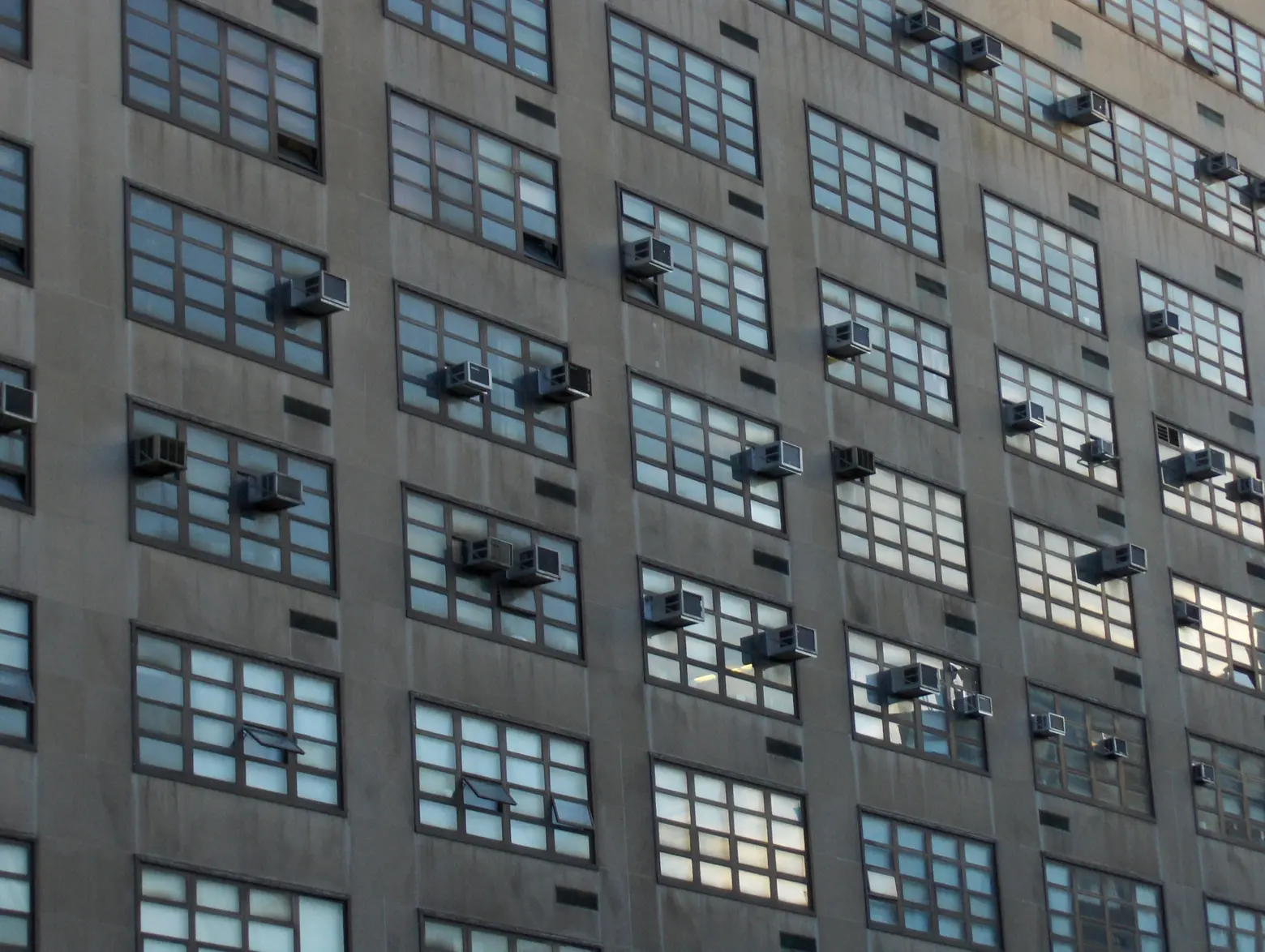
All newly constructed homeless shelters in New York City must now include air conditioning under a new city policy. On Tuesday, Department of Social Services Commissioner Molly Wasow Park announced an addendum to the agency’s request for proposals for traditional shelter sites, requiring that new facilities include air conditioning throughout, including in sleeping areas, to protect residents from the summer heat. Currently, only four in 10 city shelters have air conditioning in sleeping rooms, according to Gothamist.
Before the amendment, air conditioning was not a requirement for new shelter sites, though proposals that included cooling capabilities were given greater consideration. By mandating air conditioning in new facilities, the agency aims to improve the shelter experience and better serve vulnerable populations, including older adults, young children, individuals with chronic health conditions, and people with disabilities.
With more shelter residents vulnerable to extreme temperatures—and as summers grow hotter and longer—it’s increasingly essential that facilities maintain safe, healthy indoor conditions.
While some existing shelters offer site-wide air conditioning or designated cooling rooms, residents who need air conditioning in their sleeping quarters due to a disability or medical condition can request a placement through the agency’s reasonable accommodation process. The new addendum will ensure that more air conditioning placements are made available, not only for those with medical needs but for all clients.
To further support achieving the city’s climate goals, the RFP will prioritize proposals that include high-efficiency heating, ventilation, and HVAC systems.
“Whenever we open any new DHS facility, our goal is to provide clients with the services and supports they need to transition back to permanency and to do so in a space that is safe, dignified, and respectful,” Park said.
“This new air conditioning requirement will help us ensure that we are not only delivering on these goals but reshaping the shelter system as we bring more state-of-the-art facilities online to replace aging DHS infrastructure.”
However, the initiative does not apply to existing shelters that lack air conditioning in common areas or sleeping quarters. According to DSS Administrator Joslyn Carter, retrofitting those sites would require costly capital improvements and electrical upgrades. Some facilities also have sealed windows, making it difficult to install standard AC units, according to Gothamist.
“DHS is deeply committed to raising the bar on the quality of care and support we offer New Yorkers experiencing homelessness, and reforms like this strengthen our ability to create welcoming, respectful shelter environments,” Carter said.
“More importantly, this change prioritizes the health and well-being of our clients – especially those most vulnerable to extreme heat – allowing them to feel more comfortable while they work to transition to stable, permanent housing.”
During the Adams administration, DSS has encouraged nonprofits to open and operate shelters in buildings they own, rather than leasing from private landlords. The shift aims to improve conditions for residents and save the city money by avoiding rent payments to landlords, who can raise prices and neglect necessary repairs.
To incentivize nonprofits, DSS offers bridge loans to cover predevelopment costs prior to contract registration. This approach leads to higher-quality facilities tailored to clients’ needs and is ultimately more cost-effective.
The project is part of a broader effort by DSS to improve the city’s shelter system. The system has only recently seen pressure ease after being stretched beyond capacity by the pandemic and migrant crisis, which forced the city to rent vacant hotels to house residents.
RELATED:








Recent Comments